Sunflower seeds, renowned for their nutty flavor and versatility, have become increasingly popular around the globe. From being a tasty snack to being used in various culinary dishes and even as an ingredient in various edible oils, the demand for sunflower seeds has been steadily rising. This article will delve into the journey of sunflower seeds, exploring their production, processing, distribution, and finally, consumption. 1. Sunflower Seeds Production: 1.1 Cultivation: Sunflower plants thrive in regions with long summer days and require well-drained soil with ample sunlight. Primarily grown in countries like Russia, Ukraine, and Argentina, sunflower cultivation involves sowing seeds in spring, usually in rows. The plants grow rapidly, reaching maturity in two to four months. 1.2 Harvesting: Sunflowers are harvested when the flower heads droop and the back of the head turns yellow.
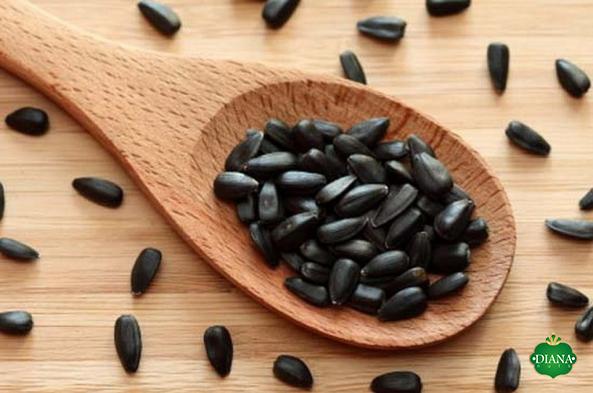
nut
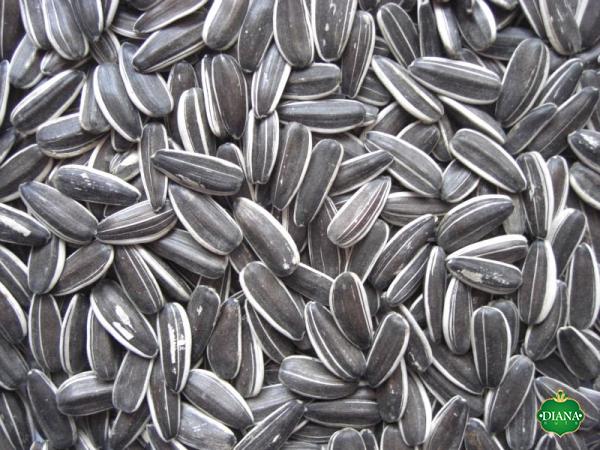 This indicates that the seeds are fully developed. Harvesting methods typically involve cutting off the head of the sunflower and collecting them in large bins or buckets. 1.3 Drying and Cleaning: Once harvested, sunflower heads are dried to reduce the moisture content. Drying can be done naturally in the sun or using specialized dryers. Following this, the seeds are mechanically separated from the flower heads and undergo rigorous cleaning processes, removing impurities such as dirt, stems, and other plant debris. 2. Sunflower Seeds Processing: 2.1 Dehulling: After cleaning, sunflower seeds are typically dehulled to remove the outer husk. This process can be done through mechanical crushing or through specialized dehulling machines. Dehulled seeds are also known as “kernel” seeds. 2.2 Grading: Grading is an essential step to ensure consistent quality. The seeds are sorted based on size, color, and quality. Grades may vary between countries, depending on local standards.
This indicates that the seeds are fully developed. Harvesting methods typically involve cutting off the head of the sunflower and collecting them in large bins or buckets. 1.3 Drying and Cleaning: Once harvested, sunflower heads are dried to reduce the moisture content. Drying can be done naturally in the sun or using specialized dryers. Following this, the seeds are mechanically separated from the flower heads and undergo rigorous cleaning processes, removing impurities such as dirt, stems, and other plant debris. 2. Sunflower Seeds Processing: 2.1 Dehulling: After cleaning, sunflower seeds are typically dehulled to remove the outer husk. This process can be done through mechanical crushing or through specialized dehulling machines. Dehulled seeds are also known as “kernel” seeds. 2.2 Grading: Grading is an essential step to ensure consistent quality. The seeds are sorted based on size, color, and quality. Grades may vary between countries, depending on local standards.
Specifications of nut
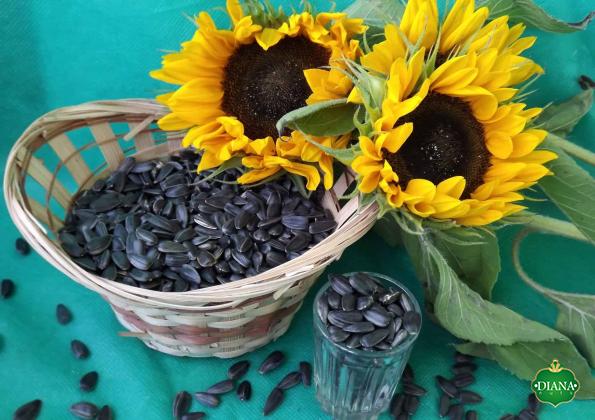 2.3 Packaging: Once graded, sunflower seeds are carefully packaged to maintain freshness, extend shelf life, and prevent moisture or insect damage. Packaging options range from bulk bags to smaller retail-sized packages. 3. Sunflower Seeds Distribution: 3.1 Wholesale Market: The distribution of sunflower seeds predominantly occurs through wholesale markets where large quantities are sold to retailers, food manufacturers, and other businesses. These markets act as a central point for buyers and sellers to make transactions based on supply and demand. 3.2 International Trade: Sunflower seeds are increasingly being traded on a global scale due to their rising popularity. Exporting countries supply seeds to importing countries through supply chains, which involve shipping, customs clearance, and compliance with international trade regulations. 4. Sunflower Seeds Consumption: 4.1 Snack Consumption: Sunflower seeds are widely enjoyed as a snack in various forms, including raw, roasted, salted, or flavored.
2.3 Packaging: Once graded, sunflower seeds are carefully packaged to maintain freshness, extend shelf life, and prevent moisture or insect damage. Packaging options range from bulk bags to smaller retail-sized packages. 3. Sunflower Seeds Distribution: 3.1 Wholesale Market: The distribution of sunflower seeds predominantly occurs through wholesale markets where large quantities are sold to retailers, food manufacturers, and other businesses. These markets act as a central point for buyers and sellers to make transactions based on supply and demand. 3.2 International Trade: Sunflower seeds are increasingly being traded on a global scale due to their rising popularity. Exporting countries supply seeds to importing countries through supply chains, which involve shipping, customs clearance, and compliance with international trade regulations. 4. Sunflower Seeds Consumption: 4.1 Snack Consumption: Sunflower seeds are widely enjoyed as a snack in various forms, including raw, roasted, salted, or flavored.
buy nut
 They are popular at sporting events, outdoor gatherings, and movie theaters. 4.2 Culinary Use: Sunflower seeds are used in a variety of culinary applications, including baked goods, salads, and trail mixes. They add texture, flavor, and nutritional value to a wide range of dishes. 4.3 Edible Oil Production: Sunflower seeds serve as an essential ingredient in the production of edible oil. The seeds are crushed to extract oil, which is then refined, packaged, and distributed to various markets globally. Conclusion: From the cultivation process to processing, distribution, and finally, consumption, sunflower seeds go through an intricate journey before reaching consumers worldwide. As their popularity continues to rise, understanding the various stages of production and distribution provides a valuable insight into the market dynamics and supply chain that brings these versatile seeds to our tables.
They are popular at sporting events, outdoor gatherings, and movie theaters. 4.2 Culinary Use: Sunflower seeds are used in a variety of culinary applications, including baked goods, salads, and trail mixes. They add texture, flavor, and nutritional value to a wide range of dishes. 4.3 Edible Oil Production: Sunflower seeds serve as an essential ingredient in the production of edible oil. The seeds are crushed to extract oil, which is then refined, packaged, and distributed to various markets globally. Conclusion: From the cultivation process to processing, distribution, and finally, consumption, sunflower seeds go through an intricate journey before reaching consumers worldwide. As their popularity continues to rise, understanding the various stages of production and distribution provides a valuable insight into the market dynamics and supply chain that brings these versatile seeds to our tables.

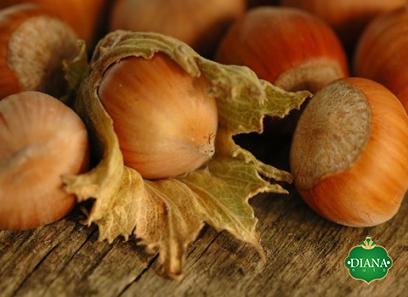
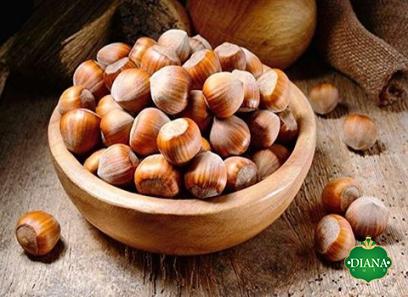

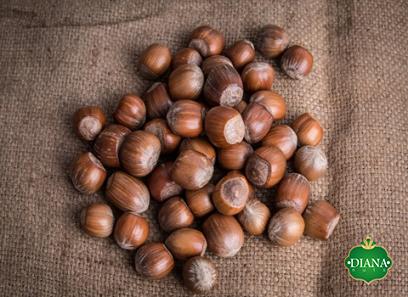

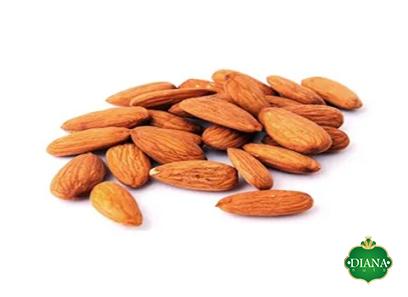
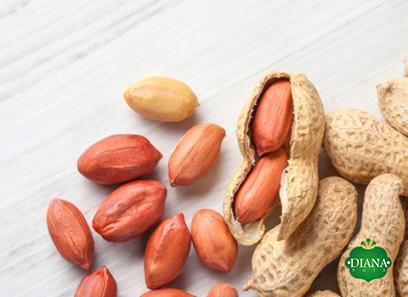
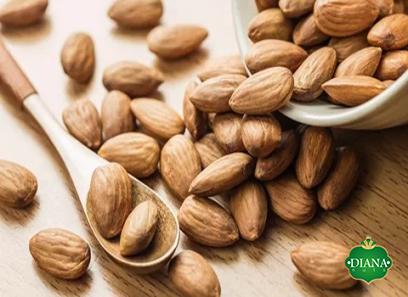
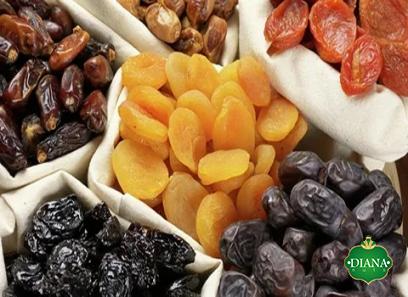
Your comment submitted.